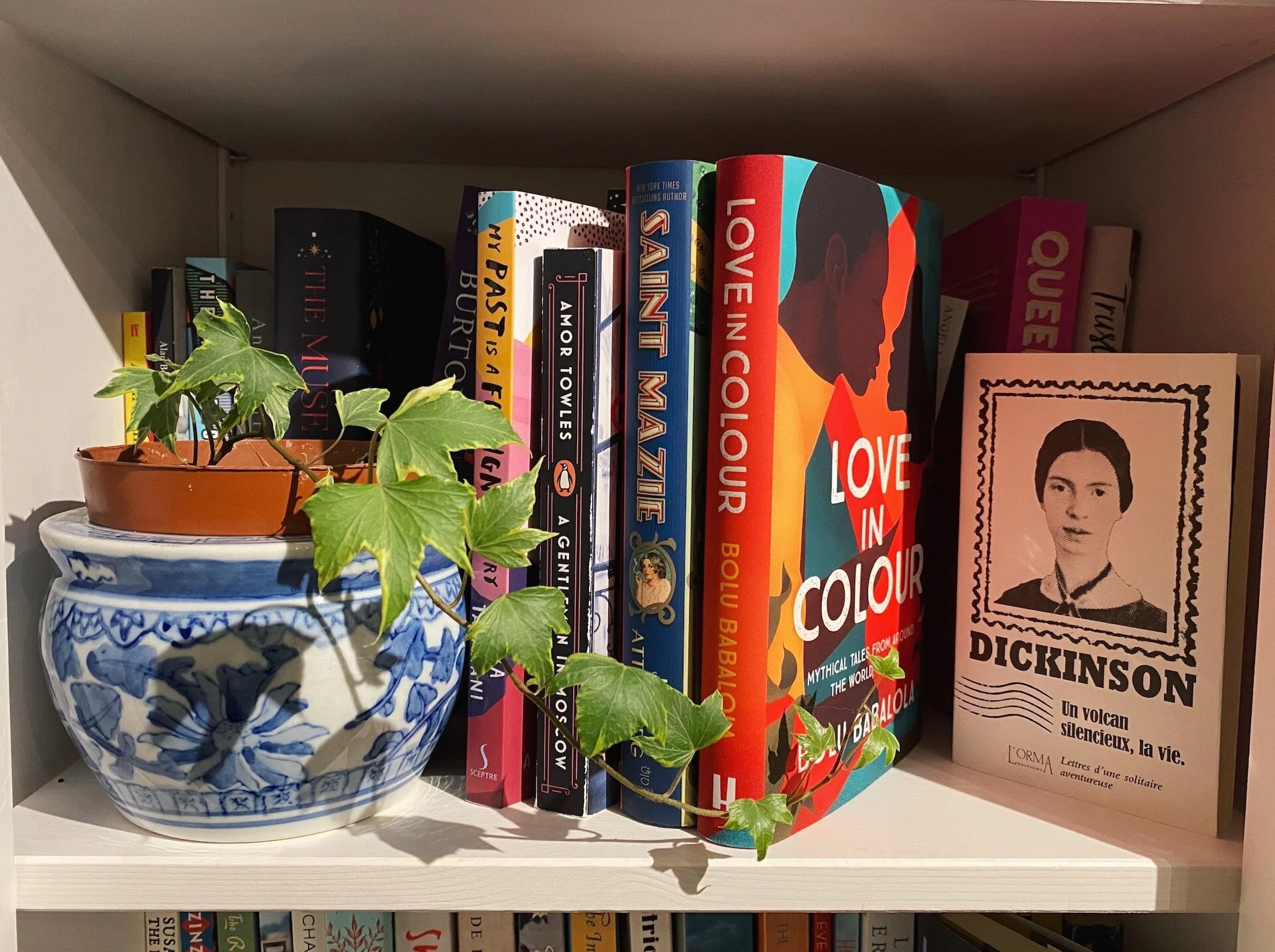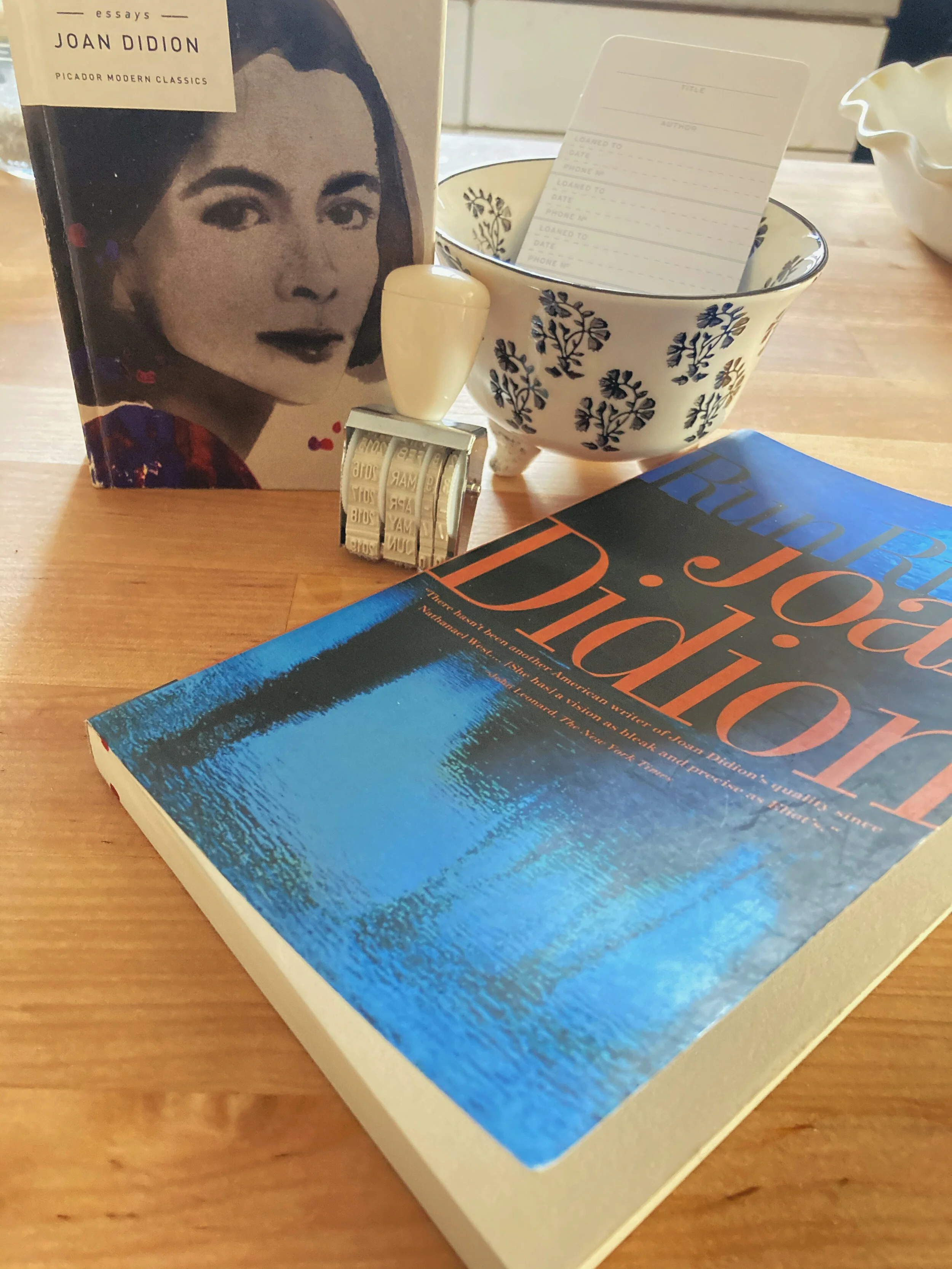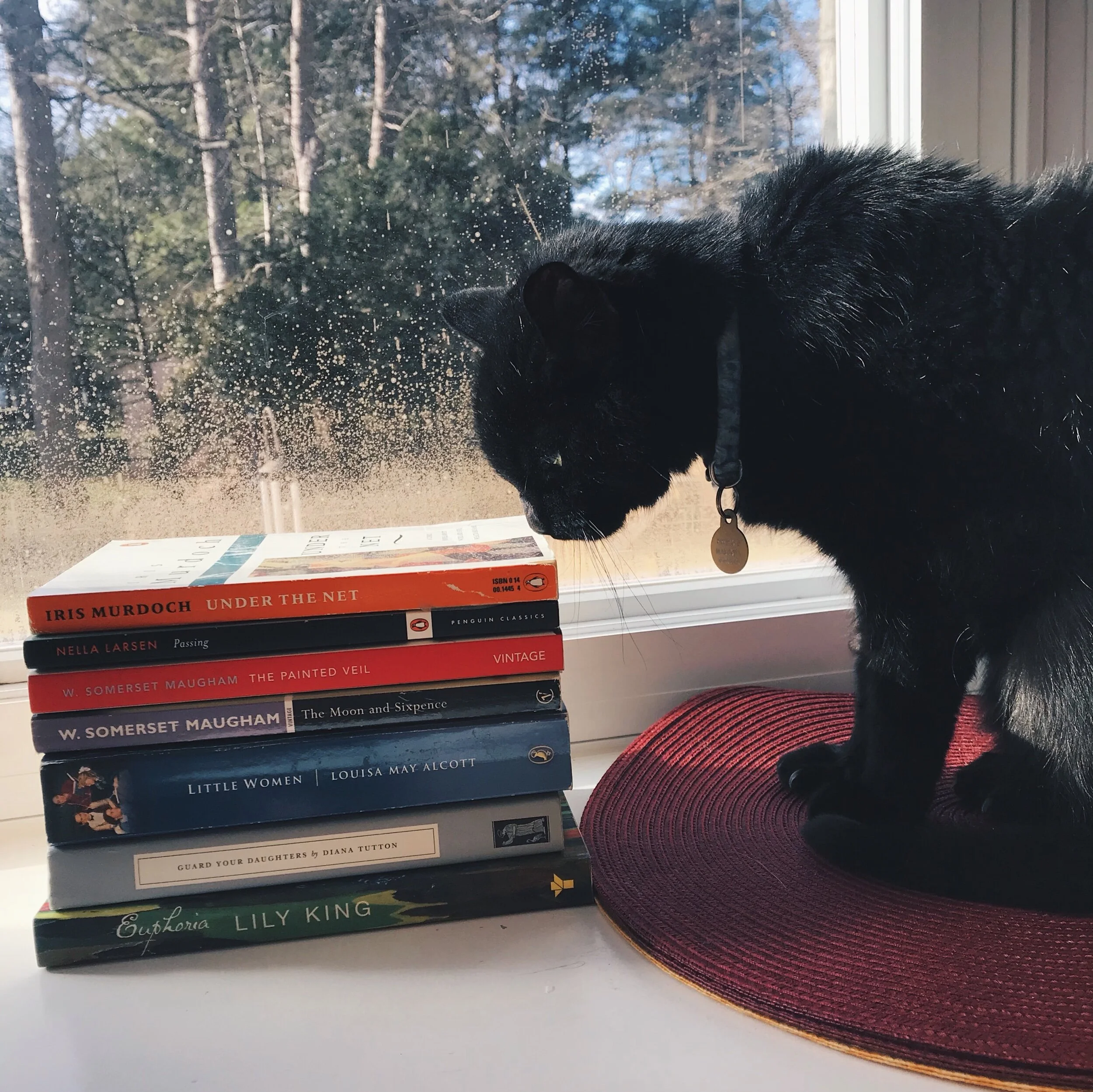In Fernanda Melchor’s Hurricane Season, a Dead Witch Speaks
Ding dong! The witch is dead. And thus, as in L. Frank Baum’s fantastical classic, begins Fernanda Melchor’s Hurricane Season — with the death of a village witch and a polyphonous explanation of how the event came to pass. Like Dorothy’s spellbinding Oz, “curses and cures” enchant the mythologies of a rural Mexican community in this unflinching investigation of homophobia, rape, patriarchy, and femicide. But where the Yellow Brick Road runs straight and narrow, the topology of violence in Melchor’s La Matosa unfurls itself more furiously with every new act of brutality unveiled. For, in Hurricane Season, one is never drawn out of a twister and into a fairytale. Rather, in its terrific torrent of trauma, deceit, desire and greed, only the cruel lashes of failure and poverty remain.
“For, in Hurricane Season, one is never drawn out of a twister and into a fairytale. Rather, in its terrific torrent of trauma, deceit, desire and greed, only the cruel lashes of failure and poverty remain.
”
It is against such an unrelenting backdrop of misery that the account of a murder unravels itself. Composed in a southeastern regional vernacular — and translated impeccably into English by Sophie Hughes — the novel’s various streams of narration carry a swift and breathless cadence that oscillates between those of everyday gossip and somber confession. “They called her the Witch,” an unnamed voice declares at the start of the second chapter; “They say” and “They say,” echoes public opinion like the chorus of an Ancient Greek tragedy. Initially, one could imagine the tale being told at coffee shops or relayed in whispers to children at bedtime, but far too many odious secrets betray themselves as readers are lulled closer towards the heart of the crime. No, as one will start to discover, this is not a story that one so readily admits; it is an untold history maimed and buried with the body of its keeper.
After all, as Silvia Federici suggests in her incendiary treatise, Caliban and the Witch, the emergence of witch-hunts in 16th and 17th Century Europe parallels not just “a hidden history that needs to be made visible; but a particular form of exploitation” that, in Melchor’s sketch of contemporary Mexico, persists in suffusing every moment of her characters’ life. This is the forceful domination of the reproductive body as well as its biological labour and products — a reproductive enclosure that serves to sustain the very labor force on which capitalism depends. Doling out to the women of La Matosa “potions to pin down the men, to really knock them off their feet,” “to ward the bastards off for good,” and to rid themselves of unwanted pregnancies, therefore, the witch of Melchor’s novel becomes not only a source of survival for women in an unforgiving economy that seeks to corral them into their domestic and biological functions. But, by carrying out the taboo and the unspeakable — by tacitly undermining the instrumentalisation of heterosexual relations and reproductive bodies — she is also the record of her village’s minor histories.
“Nothing is left unambiguous in this novel as unreliable narrators weave secrets with hearsay, speaking around their terrors and guilt with a careful evasion — the metonymic language of fantasy and illusion.”
With her murder then also arrives the silence of the archive. Nothing is left unambiguous in this novel as unreliable narrators weave secrets with hearsay, speaking around their terrors and guilt with a careful evasion — the metonymic language of fantasy and illusion. Nonetheless, it is also this ostensible sense of dread that affirms the lingering remnants of the dead, for just as the “face of [the Witch’s] corpse” continues to “[float] among the rushes” of the characters’ individual narrations, her “dark mask [goes on] seething under a myriad of black snakes, smiling”. Alongside the pervasive fear of the occult that extends throughout the text is thus also the suffocating presence of gendered and sexual biopolitical conflict that the witch has come to embody. In the looming shadow of a witch’s spectre, Fernanda Melchor presents us with an evocative and infernal portrait of strife and depravity — a violence that has buried itself so deeply into society that the rot of its festering wound drifts amongst the living still.
Born and raised in the perpetually summery tropics — that is, Singapore — Rachel Tay wishes she could say her life was just like a still from Call Me By Your Name: tanned boys, peaches, and all. Unfortunately, the only resemblance that her life bears to the film comes in the form of books, albeit ones read in the comfort of air-conditioned cafés, and not the pool, for the heat is sweltering and the humidity unbearable. A fervent turtleneck-wearer and an unrepentant hot coffee-addict, she is thus the ideal self-parodying Literature student, and the complete anti-thesis to tropical life.











Reading Naoise Dolan’s Exciting Times and Katie Kitamura’s Intimacies, Rachel Tay explores the unease of moving away from one’s own country and language.